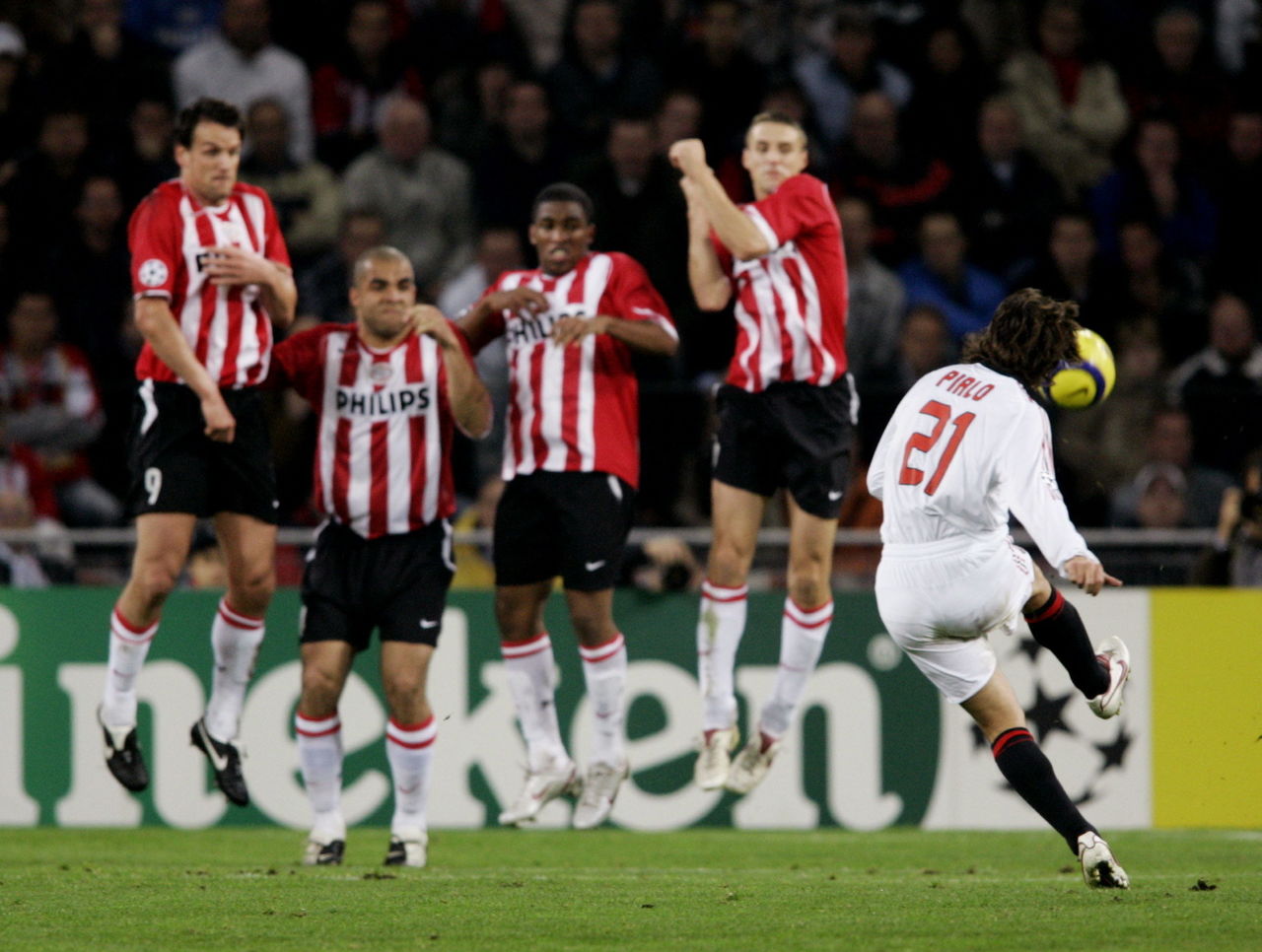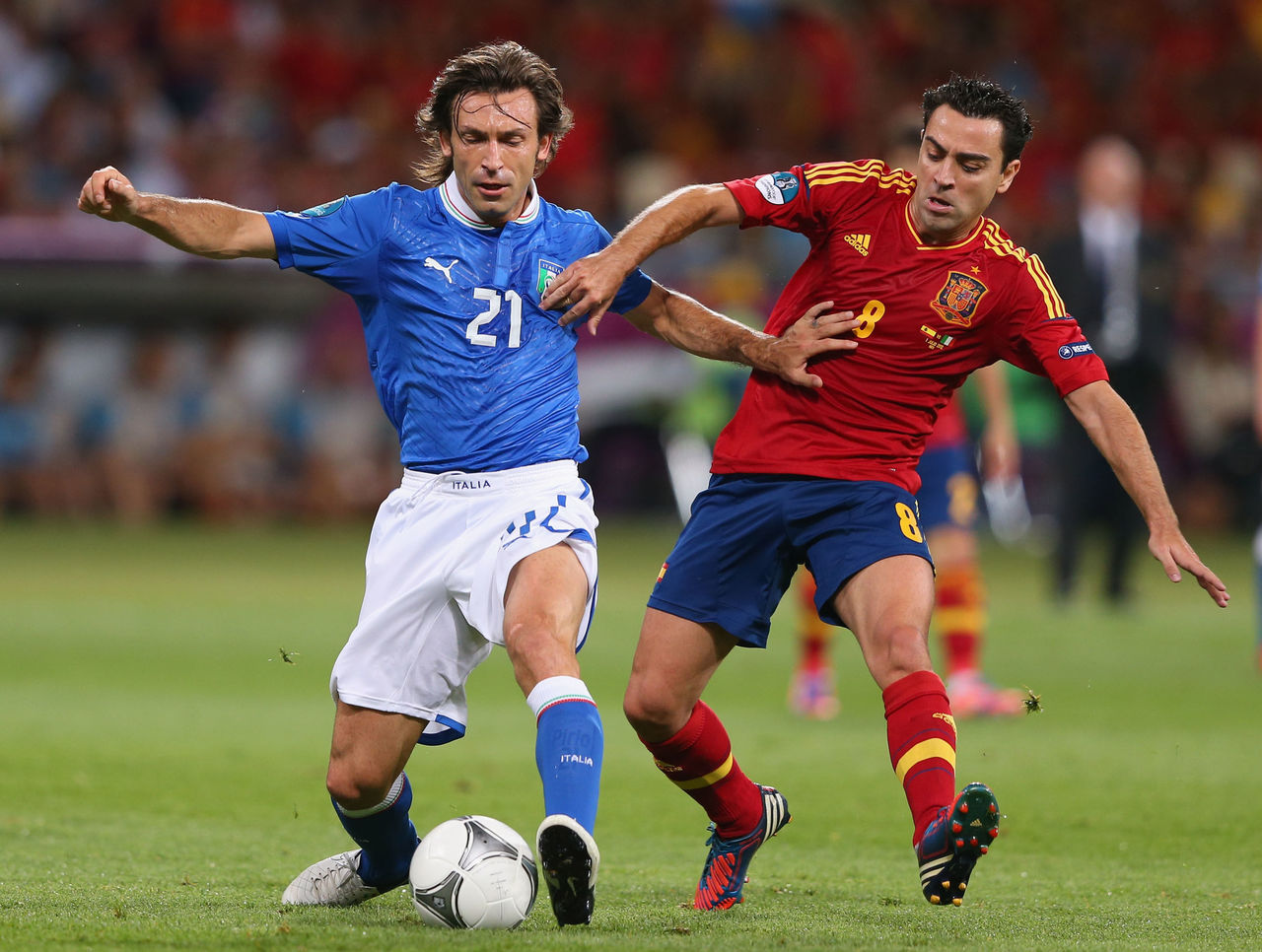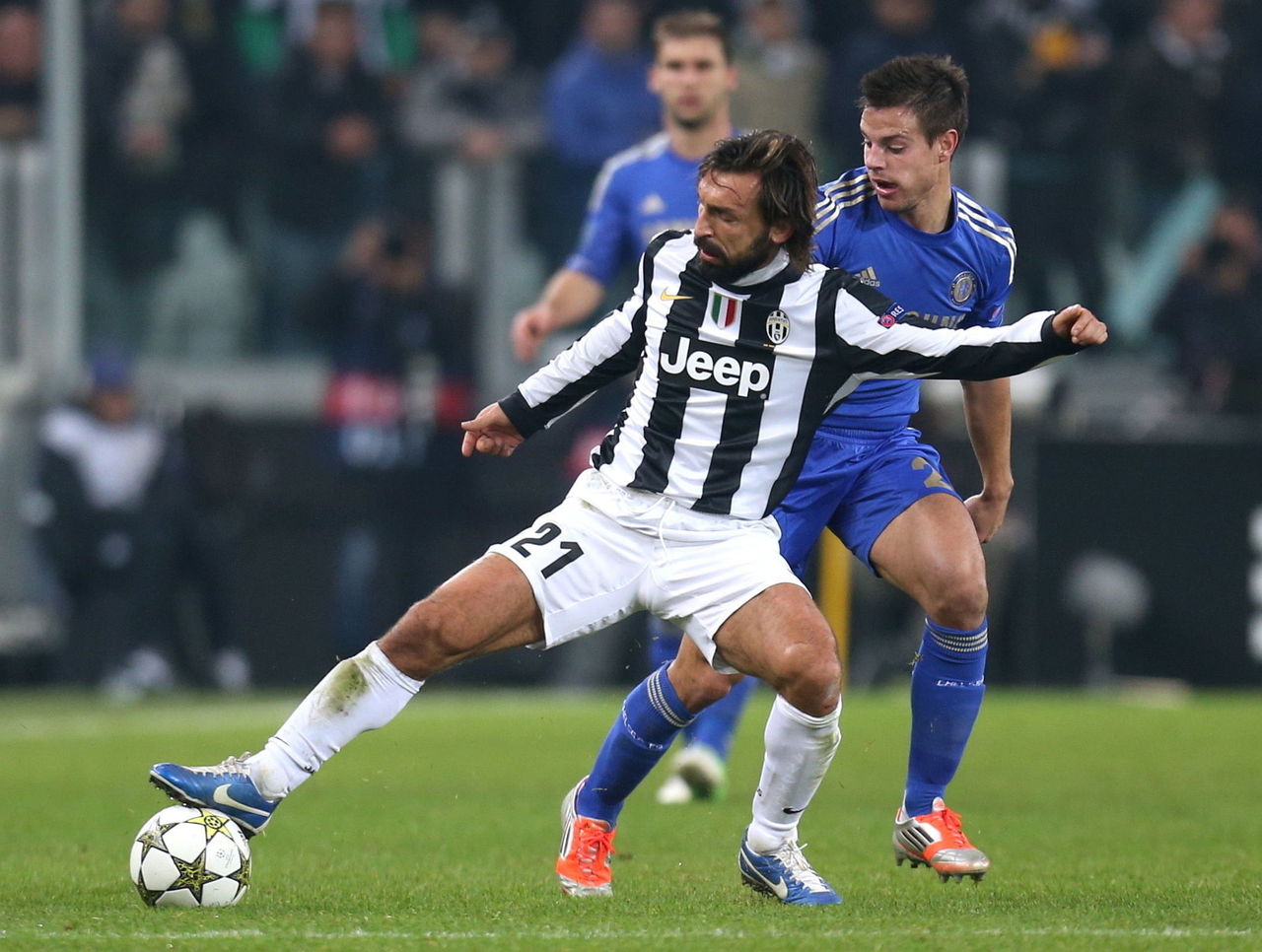How Pirlo changed football as the playmaker of his generation
It took a brief loan spell at hometown club Brescia for Andrea Pirlo to set in motion the series of events that created the greatest playmaker of his generation. If Roberto Baggio hadn't already been there, manager Carlo Mazzone may have kept Pirlo in the No. 10 role he'd grown up playing. Instead, Mazzone placed Pirlo in front of the defence, and his arching pass to Baggio against Juventus in April 2001 proved he had found his home.
Nearly two decades after that seminal moment, Pirlo retired Monday with a brief announcement on Instagram. Over his 22-year career, he wowed spectators with his wonderful long balls and his elegant demeanour. Beyond the aesthetics, however, Pirlo made a significant contribution to the way the game is played.
The 2006 World Cup winner restored faith in composed, deep-lying play at a time when managers had begun to favour the industry of rugged midfield destroyers. Pure athleticism was no longer the only valuable trait. Between Pirlo and Xavi - two of the most important players of the past two decades - Pep Guardiola's legacy of possession football came back to the fore.
Of course, there were things on the surface that were easy to admire too. Pirlo's free-kicks only seemed to get better with age. He had studied the great Brazilian set-piece specialist Juninho to unlock the secret of the trade and discovered that striking the ball with just three toes produced both the curl and accuracy that beat goalkeepers.

His calmness under pressure gave him the peace of mind to pull off ridiculous stunts. The Panenka penalty he struck over a helpless Joe Hart left an indelible mark on Euro 2012. It was like that for many of Pirlo's achievements, isolated for their glory. He wasn't like Xavi, who killed by a thousand cuts as opposed to Pirlo and his swift blows down the middle. The Spaniard told British magazine The Blizzard that he craved at least 100 touches per match - such was his demand to control every aspect of Barcelona's build-up play.
Pirlo was never about quantity. It was all about the quality of the passes. He registered lower passing percentages than Xavi, but his overall positioning meant he was as capable of breaking up plays as launching inch-perfect balls.
Former AC Milan manager Carlo Ancelotti recognised Pirlo's brilliance and gave him the platform to become the quarterback of his attack. Despite concerns about his glacial pace, he showed Ancelotti there's something special in playing with "beautiful simplicity," as the coach described it in his autobiography.

The way Pirlo switched play and changed the tempo at a moment's notice - from a slow trot to a defence-splitting pass that put everyone on alert - completely opened up matches. Aided by the bullishness of Gennaro Gattuso and the entrepreneurship of Clarence Seedorf, Kaka, and Rui Costa, Pirlo had time to pull the strings at Milan.
The same thing happened at Juventus, where the likes of Arturo Vidal, Claudio Marchisio, and Paul Pogba did the running that Pirlo would never do. Because he was never quick to begin with, he had no problems extending his career and even thriving. He could survey the pitch and pick apart defences from afar, knowing his teammates would cover the rest of the pitch.
Amid a growing emphasis on training and conditioning, Pirlo showed that less physically gifted players with higher football IQs can do as much damage as athletic midfielders like Patrick Vieira and Claude Makelele - or even more. Pirlo's intelligence on the ball and his economy of movement demonstrated to managers that pure ball-winners weren't essential in the heart of midfield.
More importantly, he inspired a generation of players to become key cogs in the biggest sides. Luka Modric's silky play, quick decision-making, and spatial awareness - all of Pirlo's essential characteristics - equipped Real Madrid with the creativity to unlock defences and win back-to-back Champions League titles.

"(Pirlo) is one of the best holding midfielders ever - he changed the position of the No. 6," Vieira, Pirlo's coach at New York City FC, said Monday. "Before, the No. 6 role was just tackling and winning the ball, but now you have to be a playmaker, you have to be as good as your No. 10 with the ball."
Vieira added that Pirlo's popularity increased youngsters' tactical understanding and bred appreciation for a less glamorous position.
"A lot of young players now want to play that No. 6 position. Before, everyone wanted to be a No. 9 or a No. 10," Vieira said.
And to think that it all started in Brescia, where a move made out of necessity became the most important tactical switch in modern football history.
(Photos courtesy: Action Images)